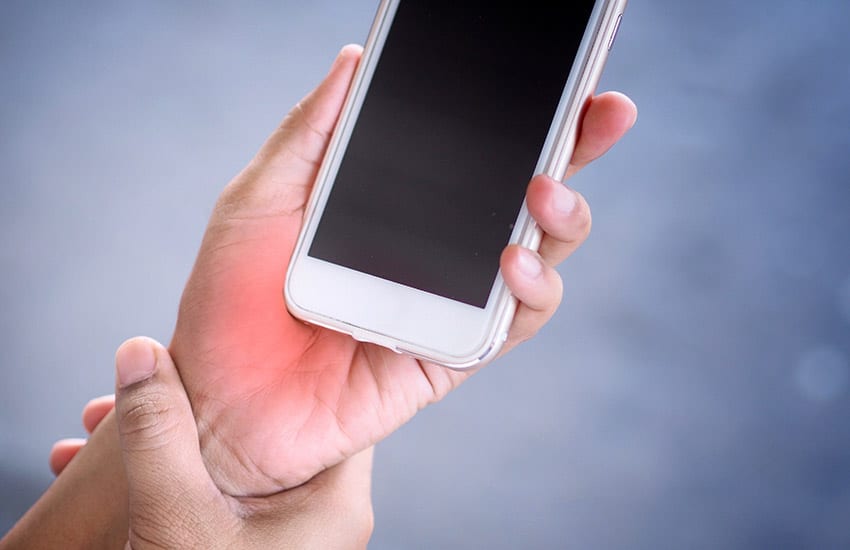These days we use smartphones a lot. Be it working from home, reading news, using social media, communicating with friends and family, zoom meetings, etc. Research suggests that the covid-19 pandemic has led to a rise in phone usage, and messaging has become popular more than ever. According to last year’s study, people spend around 4.8 hours using their phones. That is a reasonable amount of time using a phone. All this texting, swiping, and scrolling can lead to health issues. You may spend too much time on your phone if you experience eye strain, neck pain, or hand and wrist issues.
Have you heard of texting thumb? It can also be called a gamer’s thumb or trigger thumb. Texting the thumb has become a common issue where the tendons are inflamed due to repeated thumb usage. Our hands and thumbs can perform these smartphone motions, like swiping, texting, and grasping. It is not confined to these activities but goes beyond them. This smartphone overuse puts a lot of stress on our hands, leading to inflammation and pain. There are different types of hand pain:
- Texting thumb – You may experience pain, inflammation, and swelling of thumb tendons caused by repetitive motions. When the pain is on the palm side, it may be a trigger thumb and may hear a pop sound with movement. Do you know if you experience pain on the wrist (side), it may be De Quervain tenosynovitis?
- Tendonitis – A cord attaching muscle to a bone is referred to as a tendon, and it can be inflamed with its repetitive use or injury.
- Arthritis – You may not develop it due to smartphone usage, but it can aggravate your pain. You may experience swelling, pain, and inflammation.
- Carpal Tunnel Syndrome – Numbness or tingling sensation caused by a pinched nerve in the wrist.
While working on desktops or laptops, you may flex your elbows, affecting your pinky or ring fingers. So, it is essential to pay attention to your posture. You can keep in mind the following things and implement them.
- Take breaks – It is essential to take a break from constant screen time from a phone, desktop, laptop, or other devices. It helps your eyes, neck, and posture but hands and wrists as you are constantly working on it.
- Switch hands – While using a phone or other devices, you may switch hands to avoid using the hand for long hours.
- Stretch your hands – You may gently stretch your thumb or rotate your fingers.
- Find your best fit – Using a smartphone that you are comfortable with or fits your hand is essential. If you stretch your thumb to reach a section of the phone screen, it is probably too large for you.


